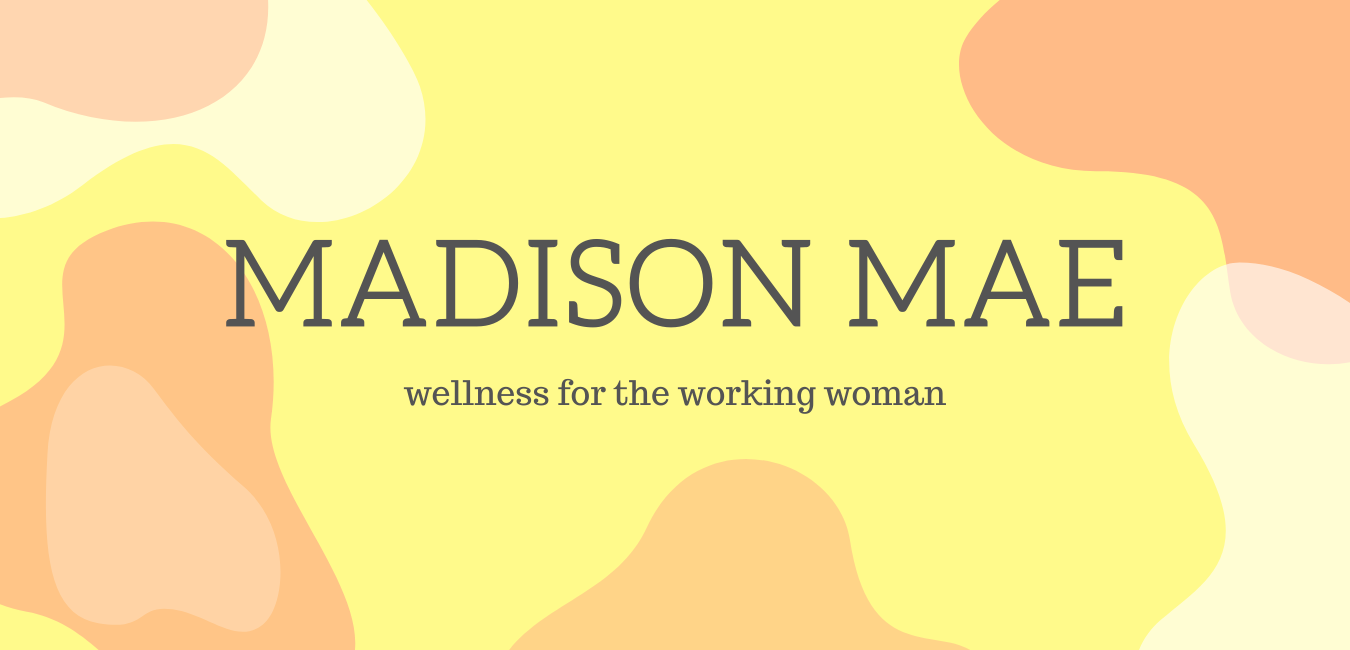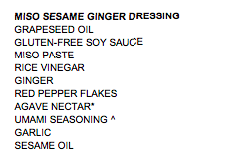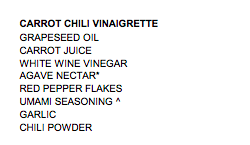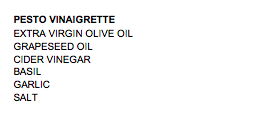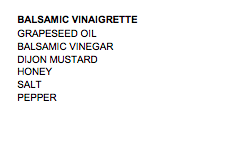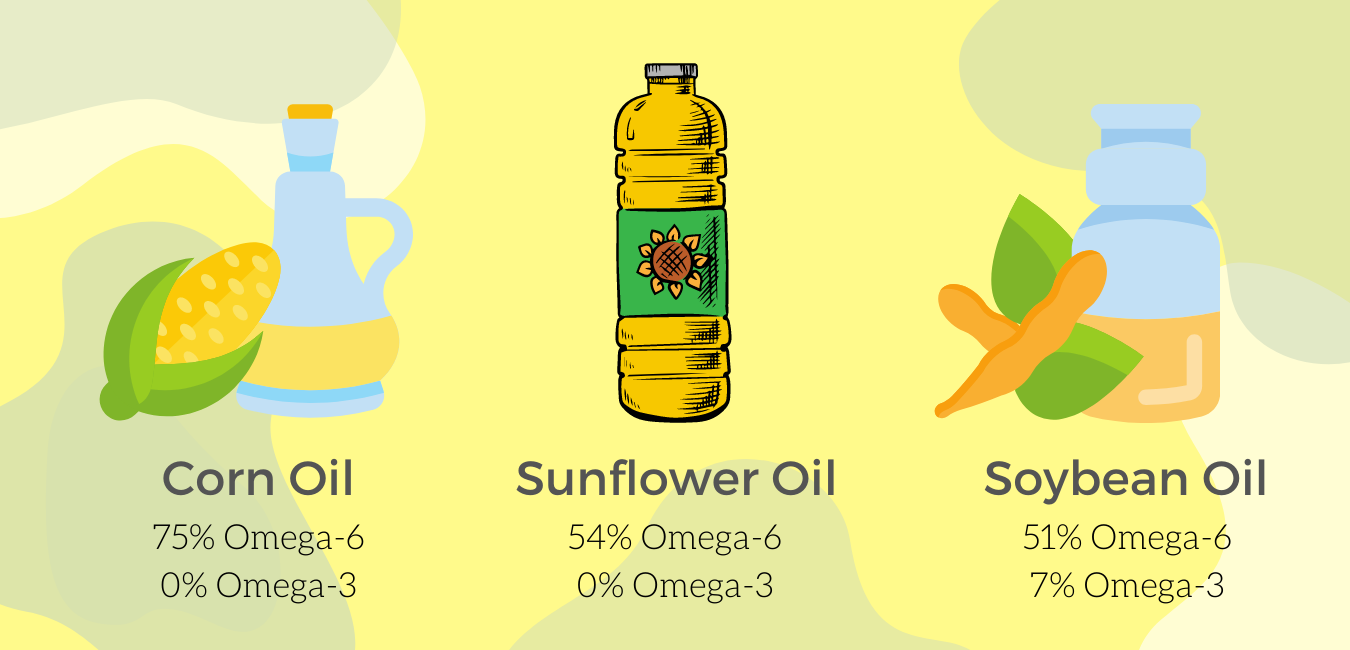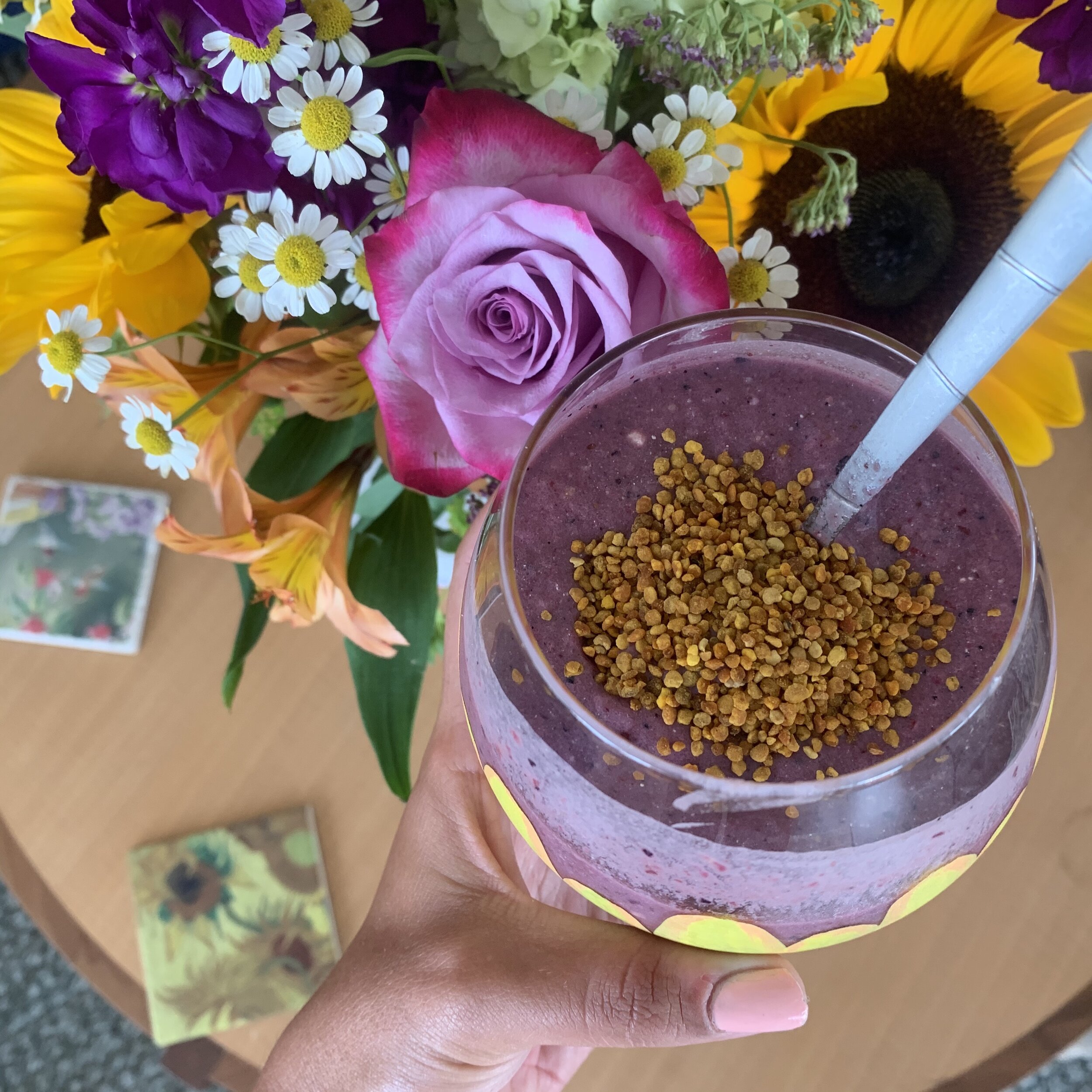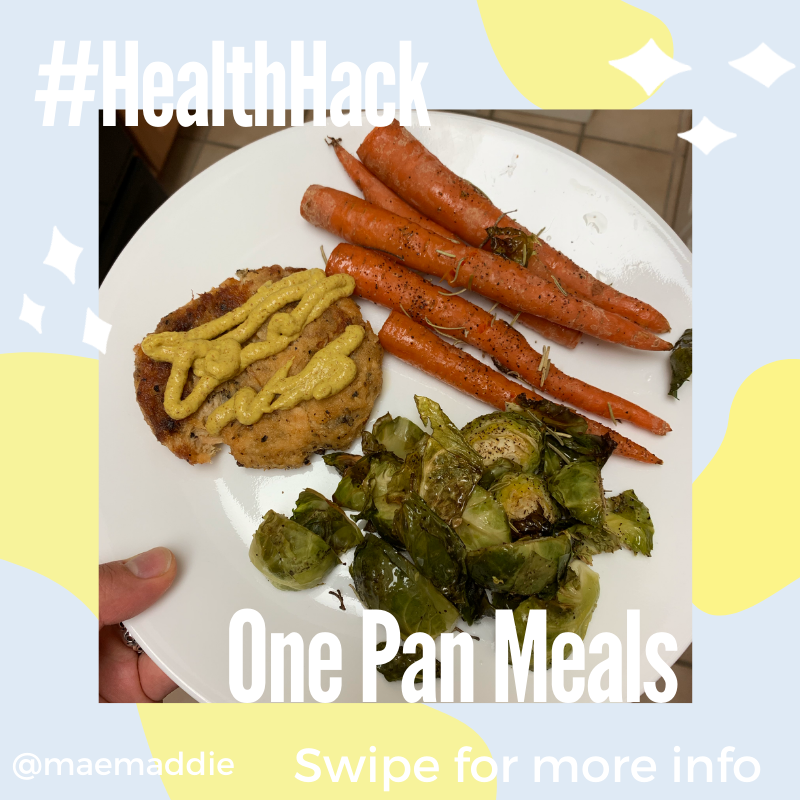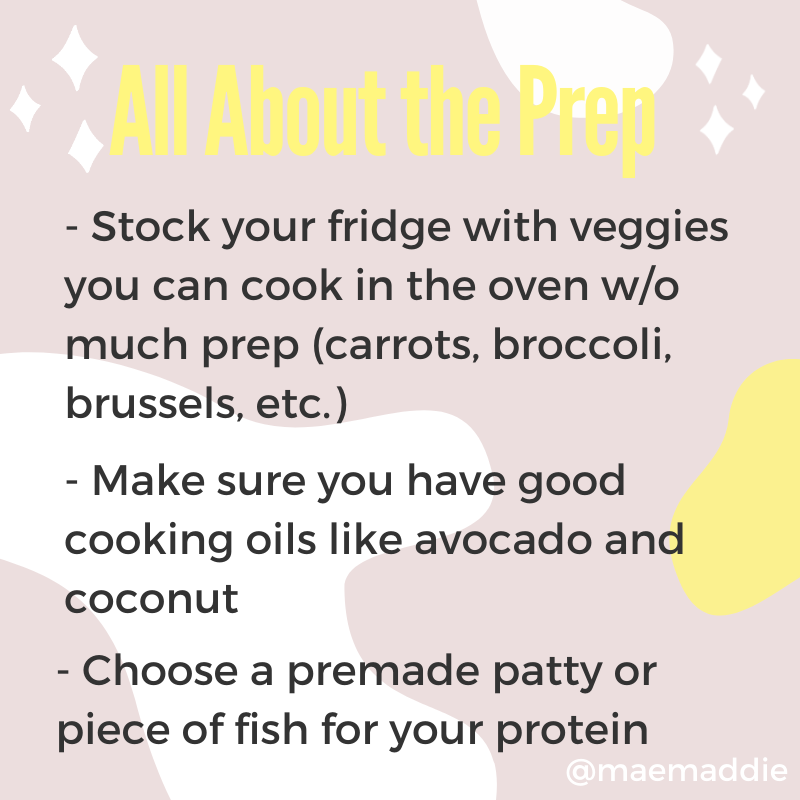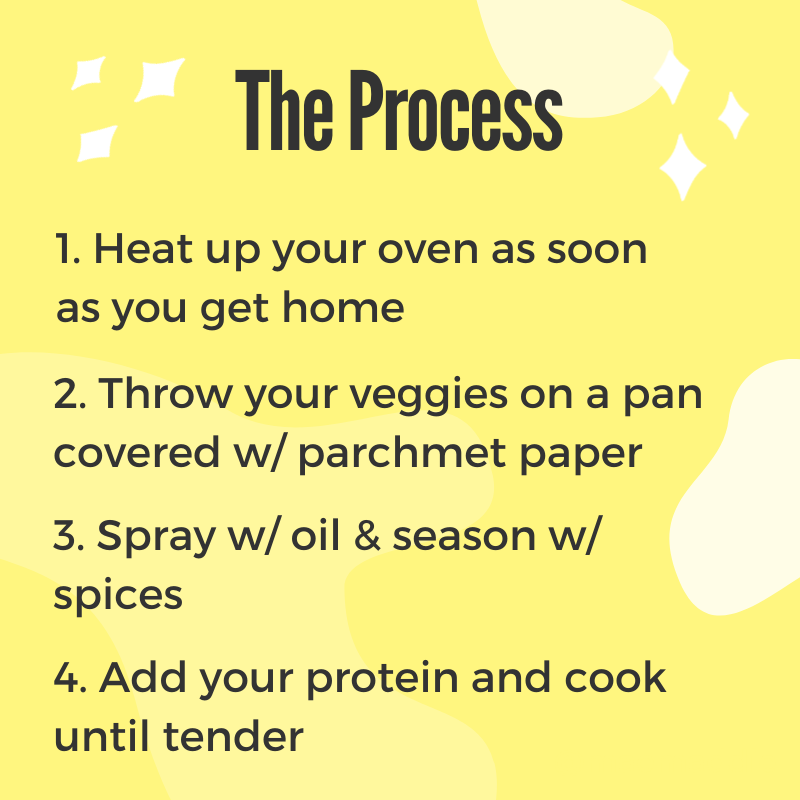High Protein, Low Carb Snacks to Eat On-the-go
As someone who works remotely, I love the opportunities to work in different spots when I need to change it up from my everyday environment. Last week I decided to head to the local library, which has an excellent view of the ocean might I add. I went just before lunchtime and realized I forgot to pack any sort of snack.
A few hours later and I was suffering from a case of hangriness. In these moments we are often faced with a hard decision of eating a meal out, which is usually expensive, time-consuming, and unhealthy, or suffering through the brain fog and irritability that comes with hunger.
Whether you’re an entrepreneur, freelancer, or a busy professional with a side hustle, you probably find yourself in moments like this where you’re starving with no healthy snacks. It’s a pretty awful feeling when you’re just trying to get everything done and are left feeling miserable.
Even if we do have a snack on hand, it usually isn’t the best food for us to perform to the level that we want. Most people turn towards chips or sugary protein bars, thinking it will fuel them, but really are just left feeling worse than they did before. After years of experiencing this way myself, I’ve found the perfect snacks that are high in protein or fat, low in sugar, and minimally processed.
Rebbl Protein Shakes
Pre-prepared protein shakes are a great on-the-go snack because they require zero preparation and can easily be thrown in your bag when you leave the house. High-protein snacks are ideal because they will actually keep you satiated for longer, unlike snacks that are higher in carbs or sugar. A study in the Journal of the Academy of Nutrition and Dietetics even found that participants felt greater sensations of fullness after eating higher-protein foods.
While protein shakes are great at keeping you full, you need to make sure you are choosing the right brand. A lot of the brands out there have added sugars, gums, inflammatory oils, and chemicals that can lead to inflammation or an upset gut. In addition, if you are sensitive to dairy, it is essential that you pay attention to the type of protein being used in the drink you are buying.
The brand I’ve found has the best ingredients and always makes me feel amazing after drinking it is Rebbl. Their products are organic, plant-based, and contain minimal amounts of sugar. The drink is a coconut milk base which gives you lots of healthy fats to boost your brain for achieving your day’s goals. MCTS, the main fat found in coconuts, has been shown to increase memory scores and improve cognitive function.
The main source of protein in these drinks also comes from pea protein, so you don’t have to worry about any dairy products upsetting your stomach. Unlike soy, research has found the protein from peas to be one of the more easily digested plant proteins. It is also one of the few complete plant-based proteins, meaning it contains all nine essential amino acids.
Another reason I love Rebbl as a brand, in general, is because of the additional superfoods they add to their products. Many contain mushrooms such as reishi to help with relaxation and stress and others contain maca to help increase levels. Their protein drinks in particular contain ashwaganda, an herb classified as an adaptogen, meaning it helps your body to adapt to stress.
Ashwaganda is a great supplemental herb for busy professionals, side hustlers, and entrepreneurs who are often experiencing a lot of stress. Whether you’re working 18 hour days, worrying about financing your business, or have an upcoming performance review at work, ashwaganda can help regulate your body’s response to these stressors. Studies have also shown the herb to help promote intellect and memory.
I love grabbing these drinks as an on-the-go breakfast, post-workout when I don’t have time to blend up my own protein shake. They help me reach my desired amount of protein and keep me energized well into the afternoon. It also helps that they are absolutely delicious and taste like a treat.
Wondering where to find these protein shakes? You can pick them up at almost any grocery store, from your local chain to fancier health food stores. Check out their store locater here.
Chomps Beef Sticks
Like many people, I once had a full stock of “protein” bars that I would depend on for fuel when I was outside my house. My go-to’s were Lara Bar, Go Macro, and Kind. However, after eating them, I was always more tired than before. I never understood why since they were marketed as being high in protein. Eventually, after way too many drowsy mornings with brain fog, I investigated what was actually in these bars.
Turns out some of my favorite “protein” bars were more carbs and sugars than protein! Even though they didn’t have processed sugar, they still had a ton of natural sugars from all the fruit that was included. While I thought I was being healthy, I was actually spiking my blood sugar and causing a crash that left me feeling more tired.
I wanted to find a better alternative to these sugary bars that still had a lot of protein. That’s when I discovered 100% grass-fed, free-range beef and turkey sticks. Now, this is key. They need to be high quality, minimally processed, and not have any added fillers. Many popular beef stick brands like Slim Jim and Jack Link’s contain beef from grain-fed cows, corn syrup, and inflammatory oils. We don’t want this.
Brands like Chomps use the highest quality meats that we can feel good about eating. The only added ingredients are spices to add a nice flavor. Meat sticks are literally just protein- meaning they have no carbs, no sugar, and are low in calories. You are getting way much bang for your buck!
FBOMB Nut Butters
I grew up scared of eating fat because that’s what my parents were led to believe by the scientists behind the food pyramid. Now, we know that is absolutely not true and fats are great for fueling our brains. Healthy fats that is! What are healthy fats? Foods like salmon, nuts, avocados, olive oil, and eggs are great sources of the brain-boosting fats we want.
You may be thinking, well, these are all fresh foods, how am I supposed to eat these on-the-go? Nuts are actually a great source of fats for when you’re out and about. They don’t go bas easily like the other foods I mentioned and can often be found in snack packs. The key is making sure you’re getting the right kinds of nuts.
A lot of people tend to go for trail mixes which are often more sugar than anything else. I hate to break it to you but the raisins and m&m’s that make your trail mix taste good aren’t doing anything for your health or productivity. These mixes also often have inflammatory oils added like sunflower, canola, and soybean.
If you want to buy nuts without the added salt and no added oils, go for it! You can create your own “trail mixes” (without the added sugars) by combining different types of nuts in a Stasher bag for the road. However, if you don’t want to go through all of this effort, I highly recommend FBOMB Nut Butter packets.
FBOMB’s products are all dairy free, gluten free, peanut free, keto, paleo, and vegan. They also don’t have any added sugars and the nuts are dry roasted rather than roasted using oils. They come in four delicious flavors, all in travel packets that can easily be eaten in between meetings.
Choosing these three different snacks has up-leveled my performance at my 9–5 job as well as given me the energy to tackle my side hustles in my free time. When I was eating sugary snacks with bad ingredients I was falling asleep at work, experiencing major brain fog, and had little motivation to chase my goals. Trust me when I say choosing the right foods makes a world of a difference.
